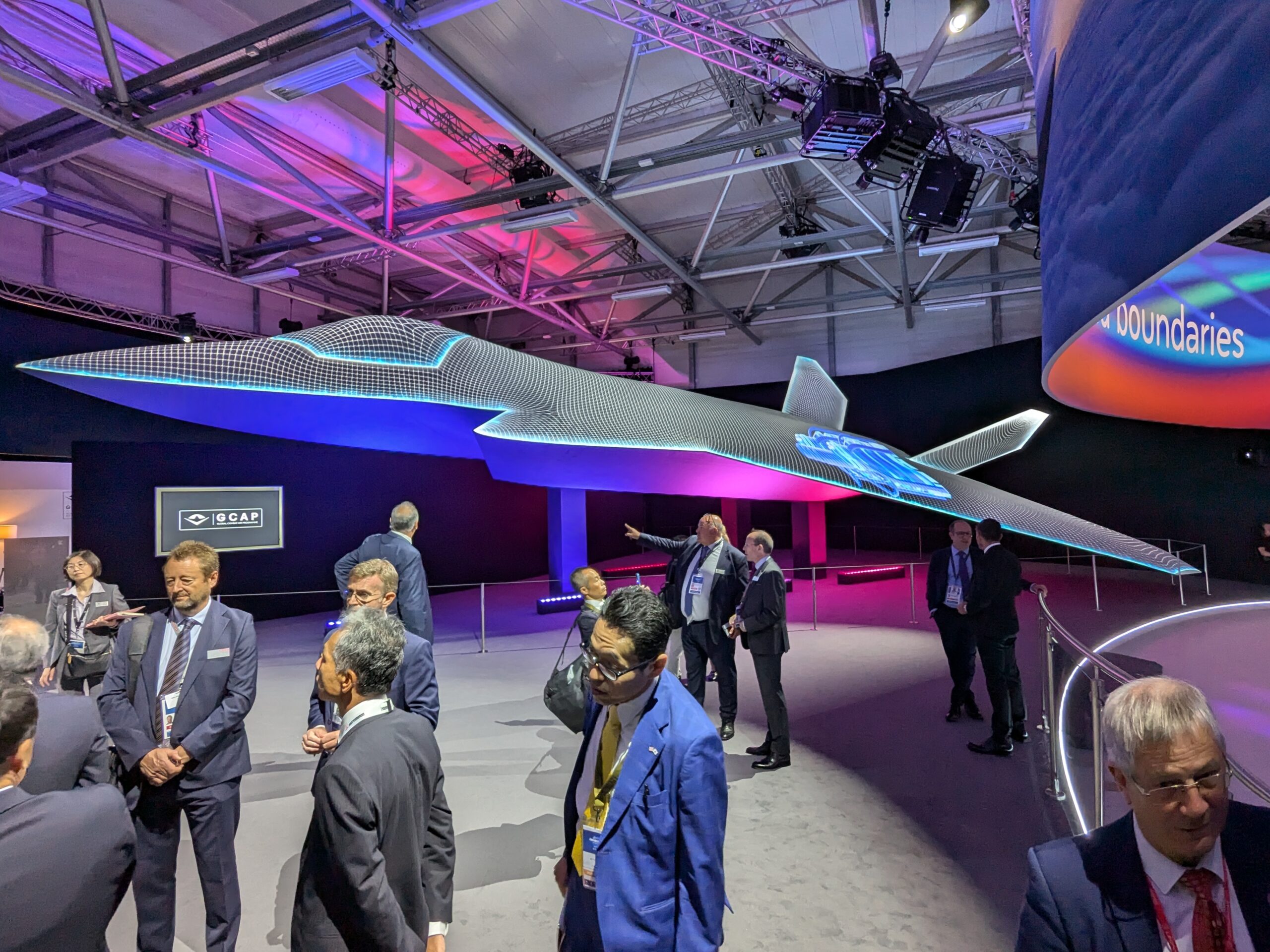When the Royal Navy’s HMS Prince of Wales sailed into Tokyo Bay this week, it did more than drop anchor. It made history. For the first time, a foreign aircraft carrier docked in Japan—a striking symbol that Tokyo and London are no longer just economic partners, but emerging defense allies in a turbulent era.
The visit coincided with both governments declaring their security relationship had reached “a new level.” Leaders highlighted not only joint naval exercises, but also long-term collaboration on advanced defense technologies, most prominently the Global Combat Air Programme (GCAP). For Japan, it was another step away from postwar security constraints. For the UK, it was proof that “Global Britain” is more than rhetoric—it is strategy in action.
A Historic Port Call: HMS Prince of Wales in Tokyo
HMS Prince of Wales is among the world’s most advanced carriers, capable of launching F-35B Lightning II stealth fighters alongside a full complement of support aircraft. Its arrival was no ceremonial courtesy call. Japan’s Ministry of Defense described the docking as a demonstration of “confidence, trust, and operational interoperability.”
The significance is hard to overstate. Japan has never before hosted a foreign carrier in its ports—not even from the United States, its closest ally since World War II, whose carriers are permanently based at Yokosuka rather than welcomed as visiting guests. The decision to open Tokyo Bay to Britain’s flagship highlights Tokyo’s growing willingness to expand its defense network beyond Washington.
The carrier did not arrive alone. It was accompanied by support vessels and joined Japan’s Maritime Self-Defense Force for exercises that officers described as “a milestone of trust.” Such drills may lay the groundwork for more integrated operations across the Indo-Pacific.
GCAP: Building the Fighter Jet of Tomorrow
The HMS Prince of Wales visit also spotlighted the most ambitious element of the Japan–UK partnership: the Global Combat Air Programme. Launched in 2022 with Italy as a third partner, GCAP aims to deliver a sixth-generation fighter jet by 2035.
Unlike today’s fifth-generation aircraft, the GCAP fighter is expected to feature:
-
Stealth systems designed for next-generation radar threats
-
AI-assisted flight operations and human–machine teaming
-
Advanced sensor fusion for real-time battlefield awareness
-
Seamless interoperability with drones and unmanned combat vehicles
For Japan, GCAP is a strategic departure. Traditionally reliant on U.S. defense technology, Tokyo is now co-developing a cutting-edge platform with European powers. Mitsubishi Heavy Industries and other Japanese firms are expected to play leading roles, ensuring technology transfer and domestic industrial growth.
Officials announced during the carrier visit that the first major international contract for the fighter could be finalized before year’s end—paving the way for full-scale development.
A Complex History, A Renewed Alliance
This deepening partnership carries the weight of history. Japan and Britain have known each other as allies, adversaries, and now allies again.
-
Meiji Era (1868–1914): Britain was an early supporter of Japan’s modernization. The Anglo-Japanese Alliance of 1902 bound the two nations in mutual defense, a groundbreaking equal partnership at the time.
-
World War II (1939–1945): That alliance collapsed. Japan and Britain fought bitterly in Asia, and memories of British POW suffering left scars that lingered for decades.
-
Postwar Reconciliation (1950s–1990s): Diplomatic and economic ties grew, though defense cooperation remained limited under Japan’s pacifist constitution.
-
21st Century (2000s–present): The rise of China and renewed great-power competition revived security ties. Agreements in the 2010s laid the groundwork for joint training and arms development, culminating in GCAP.
The Prince of Wales docking in Tokyo thus symbolized more than logistics—it was a full-circle moment in which two once-bitter adversaries embraced a shared security future.
The Indo-Pacific Context
The timing is no coincidence. Both countries face mounting challenges in the Indo-Pacific:
-
China’s Expansion: Beijing’s assertive island-building, naval buildup, and threats toward Taiwan alarm Tokyo and London alike.
-
North Korea’s Provocations: Pyongyang continues missile tests, some capable of reaching both Japan and Europe.
-
Diversifying Partnerships: While the U.S.–Japan alliance remains central, Tokyo is widening its defense network. The UK, a G7 democracy with advanced military power, is a natural partner.
-
Global Britain Strategy: Post-Brexit, London has sought a meaningful role outside Europe. Its 2021 defense review formalized an Indo-Pacific “tilt,” with Japan as a cornerstone.
In this context, the arrival of HMS Prince of Wales is more than symbolic. It reflects Britain’s commitment to stay engaged in Asia while giving Japan greater leverage in navigating its fraught neighborhood.
Japan’s Shifting Defense Posture
The new partnership also reflects a broader transformation in Japan’s defense policy under Prime Minister Fumio Kishida. Tokyo has unveiled a security strategy that includes:
-
Doubling defense spending to 2% of GDP by 2027
-
Acquiring long-range “counter-strike” missiles
-
Deepening security ties with partners beyond the U.S., including Australia, India, and Europe
Though still bound by constitutional limits, Japan is embracing a more proactive defense posture. Ties with Britain allow Tokyo to frame this shift not as unilateral militarization, but as part of a collective security effort among democracies.
Reactions and Implications
Coverage in Japanese and international media highlighted several takeaways:
-
Symbolism Matters: Hosting a foreign carrier underscores Japan’s readiness to broaden its security network.
-
Industry Benefits: GCAP is as much an economic opportunity as a defense project, integrating Japanese firms into global aerospace supply chains.
-
Flexible Alliances: The partnership reflects a move toward “networked security,” where coalitions of like-minded states balance regional threats.
-
Regional Pushback: Predictably, Chinese and North Korean media condemned the visit as proof of Japan’s “militarization” and Western encroachment in Asia.
Conclusion: More Than Ceremony
The HMS Prince of Wales visit to Tokyo will be remembered as a turning point in Japan–UK relations. It symbolized not only reconciliation after past conflict but also a forward-looking alliance anchored in shared security and technological ambition.
With GCAP advancing, joint naval exercises expanding, and the Indo-Pacific emerging as the arena of global competition, Tokyo and London are signaling that their partnership is not symbolic—it is strategic, practical, and enduring.
For Japan, it marks a decisive step toward a more assertive security role. For Britain, it is proof that “Global Britain” carries weight beyond words.
In an age of shifting power balances, the Tokyo port call was more than a diplomatic gesture. It was a declaration: the future of global security will not be dictated by superpowers alone, but by coalitions of nations willing to adapt, innovate, and stand together.

